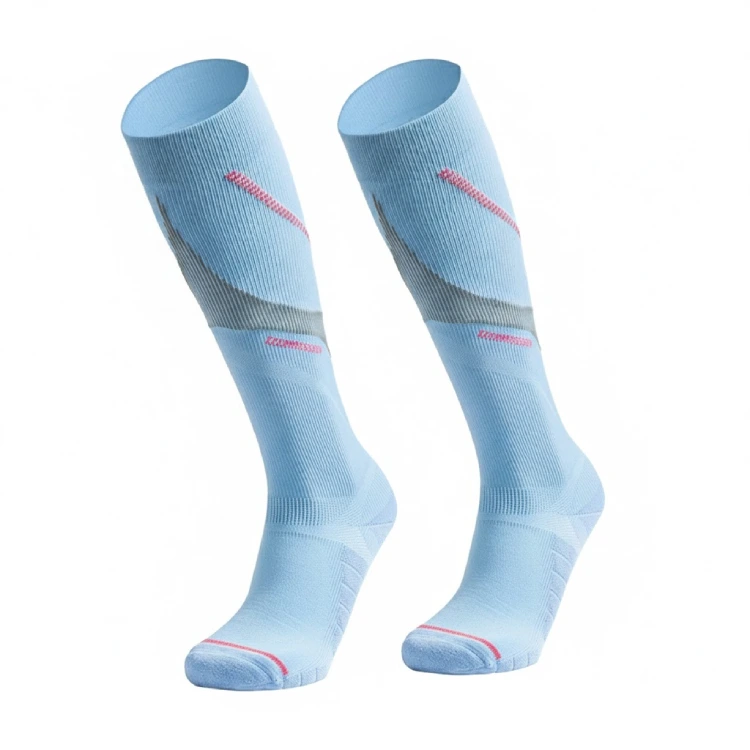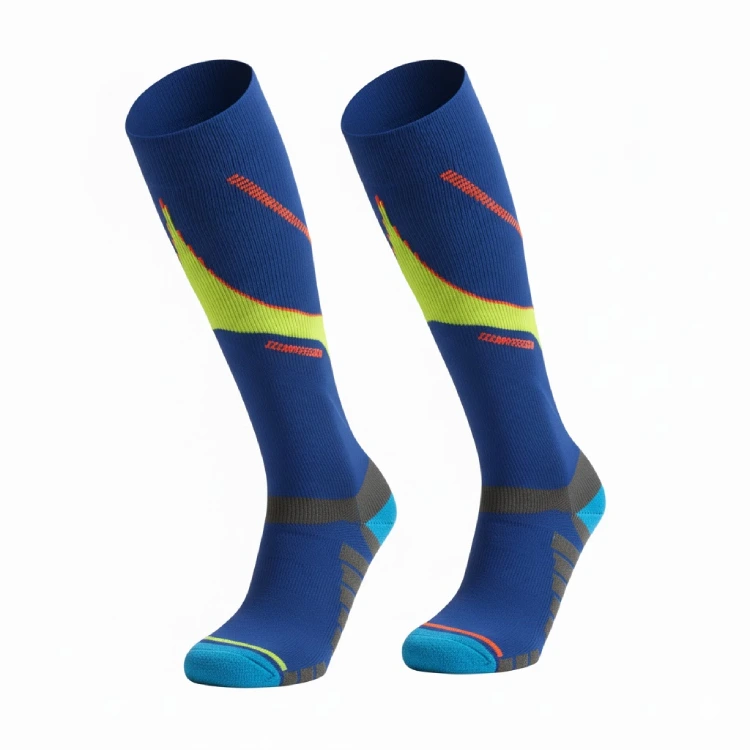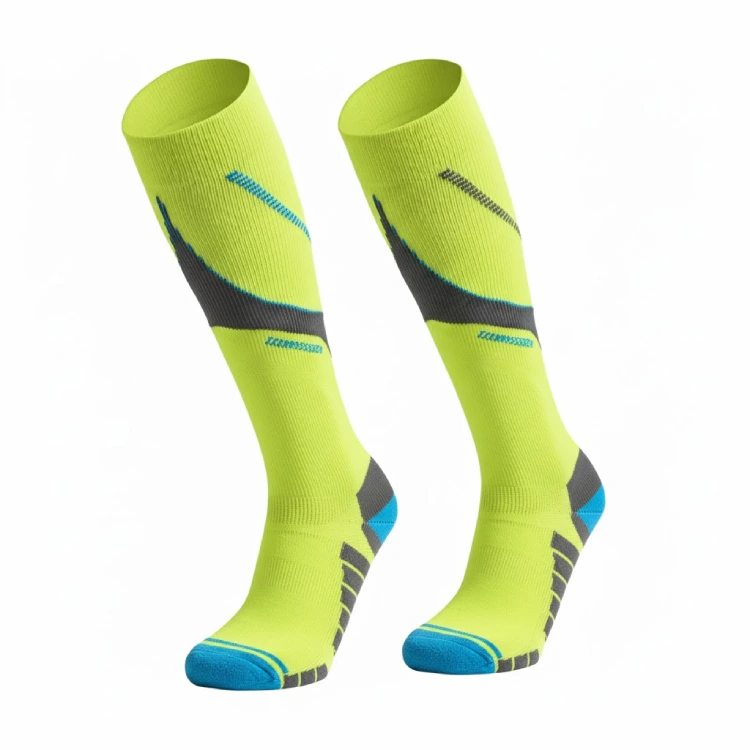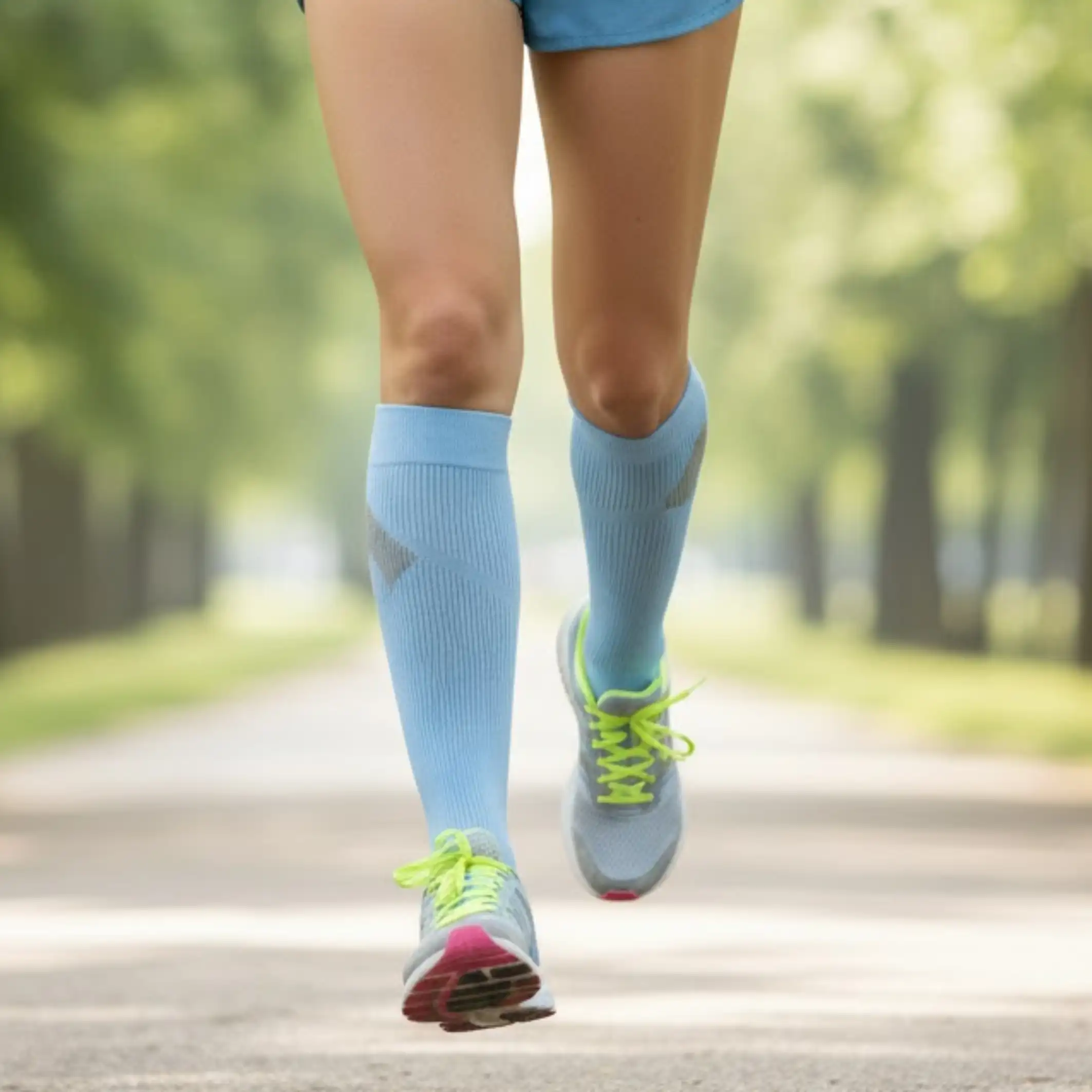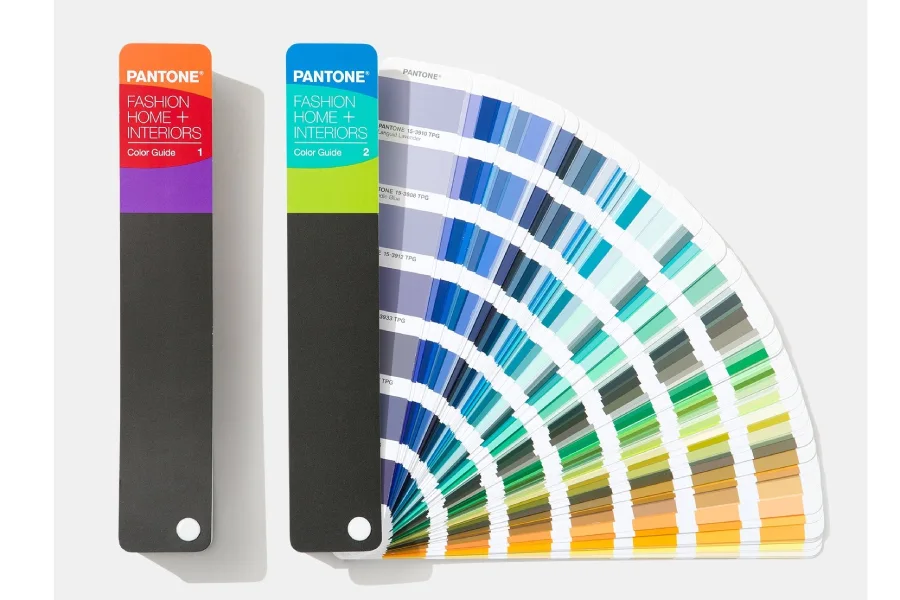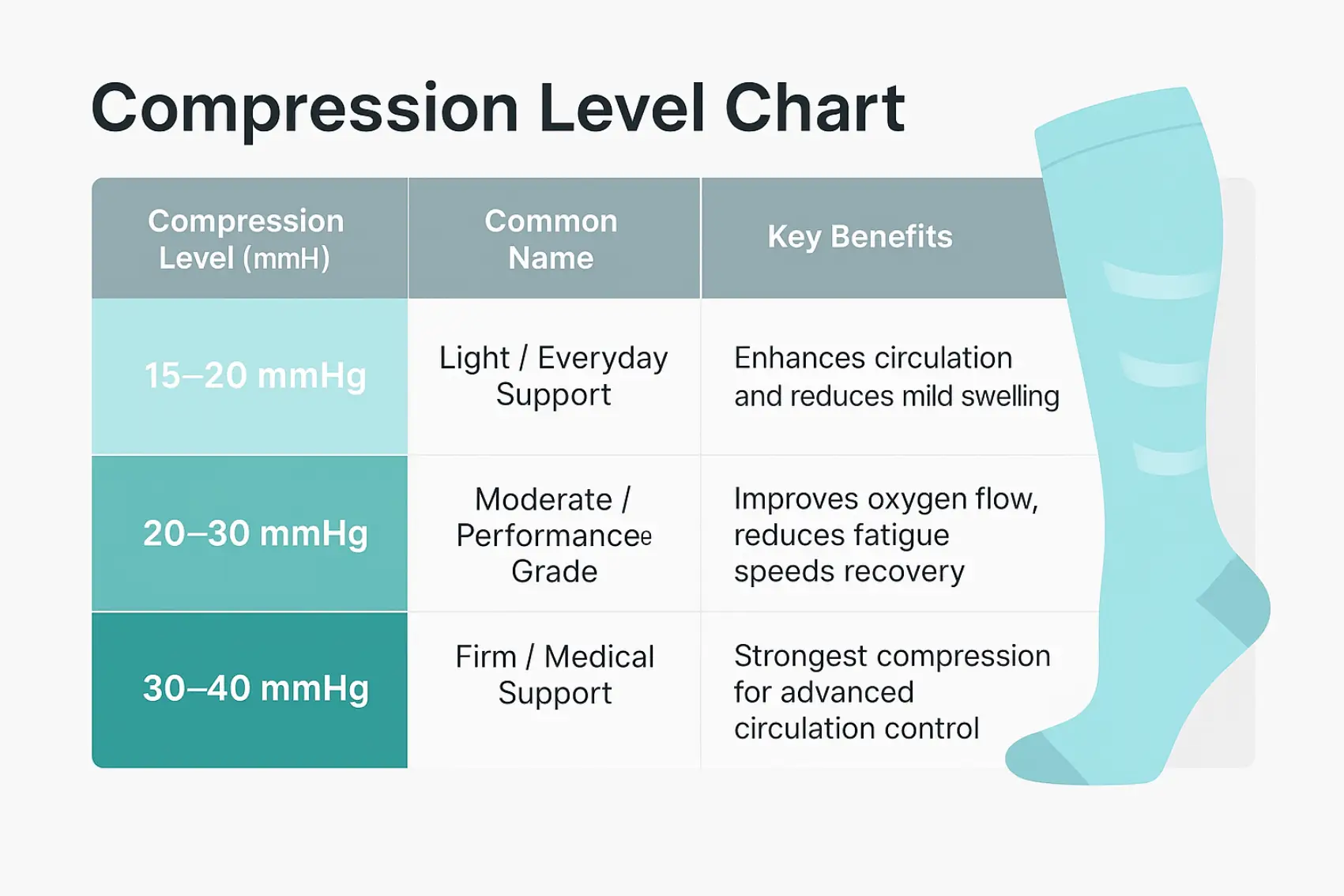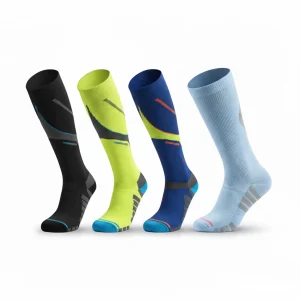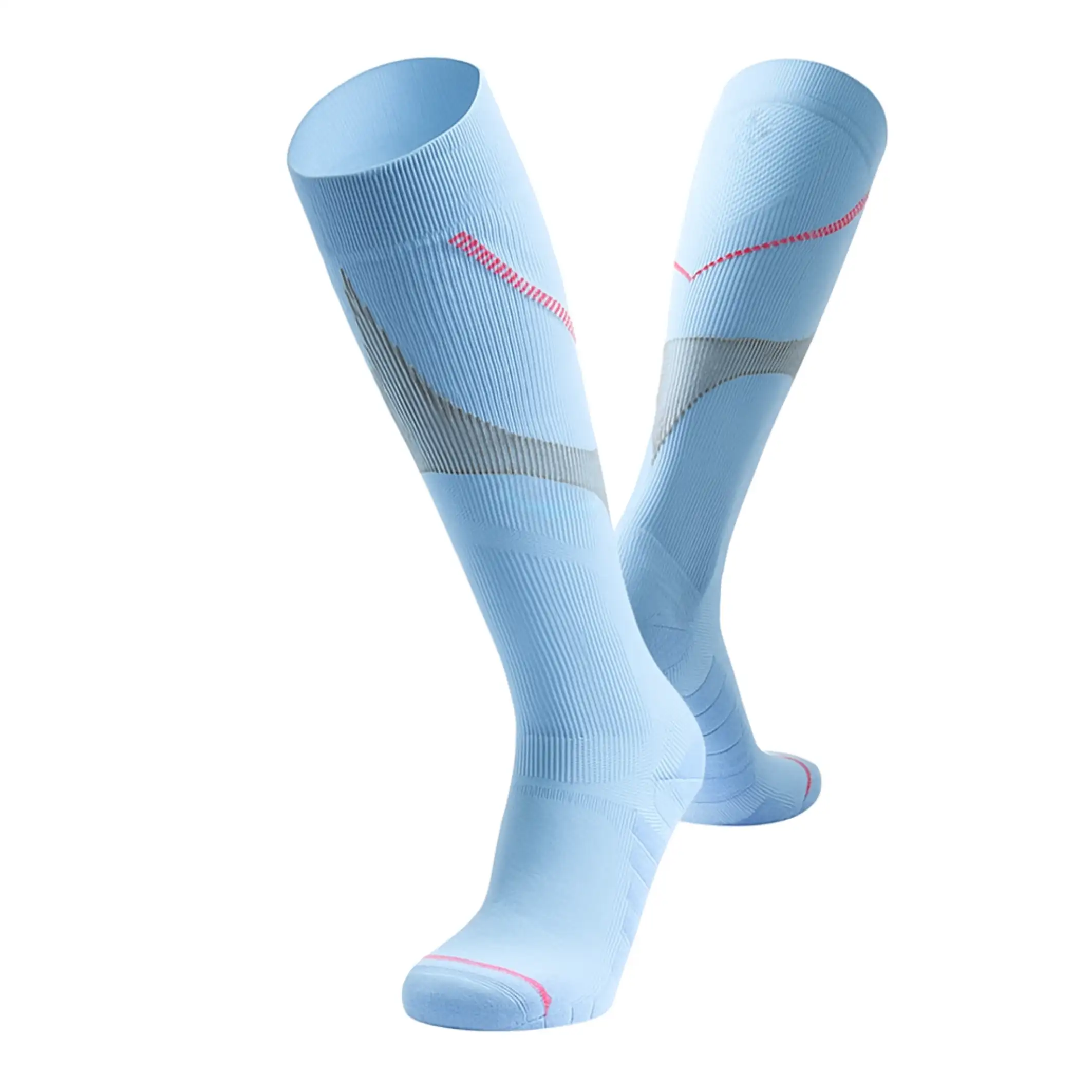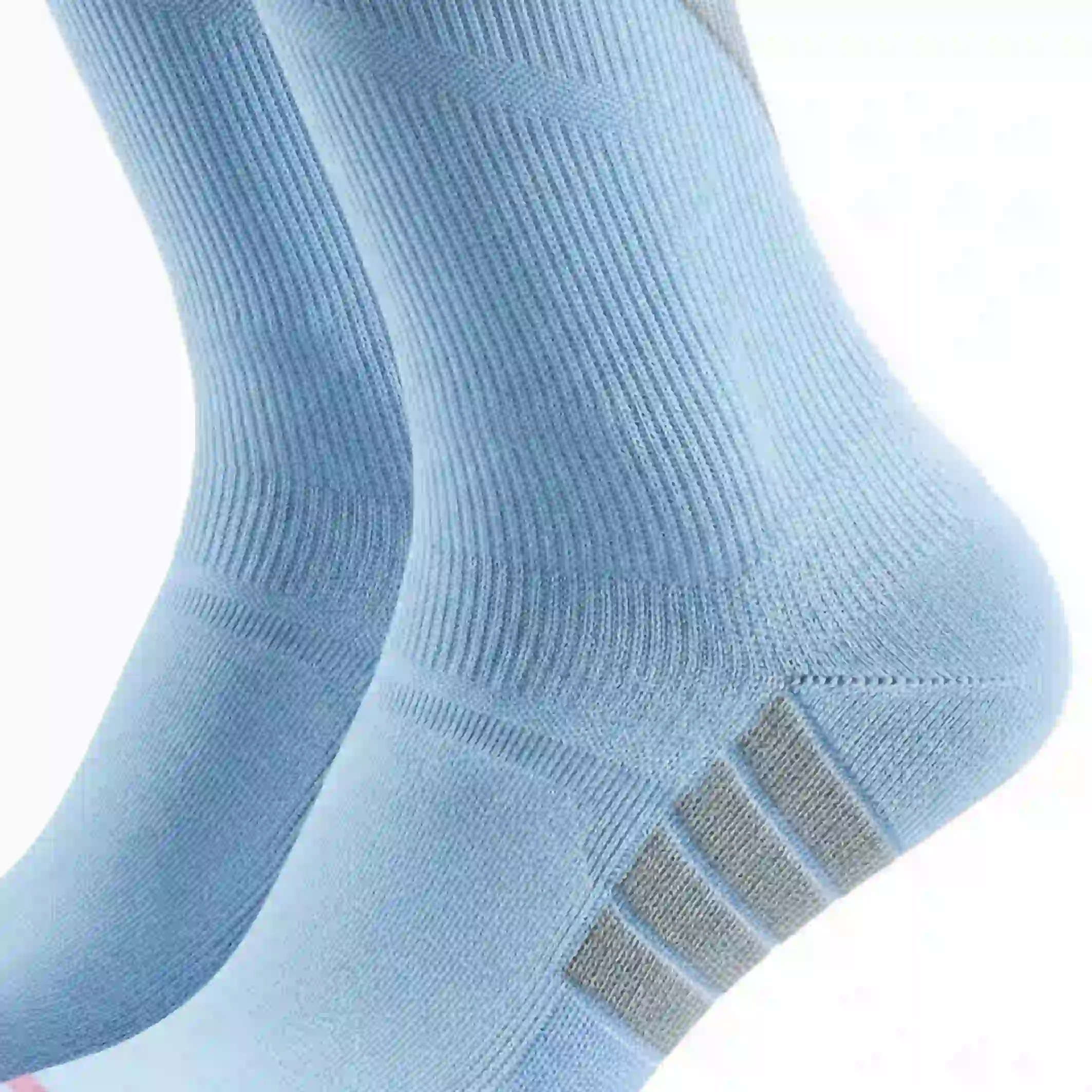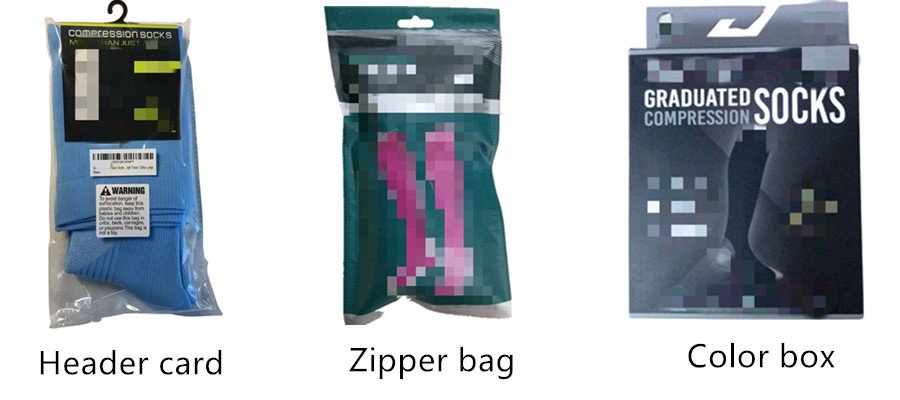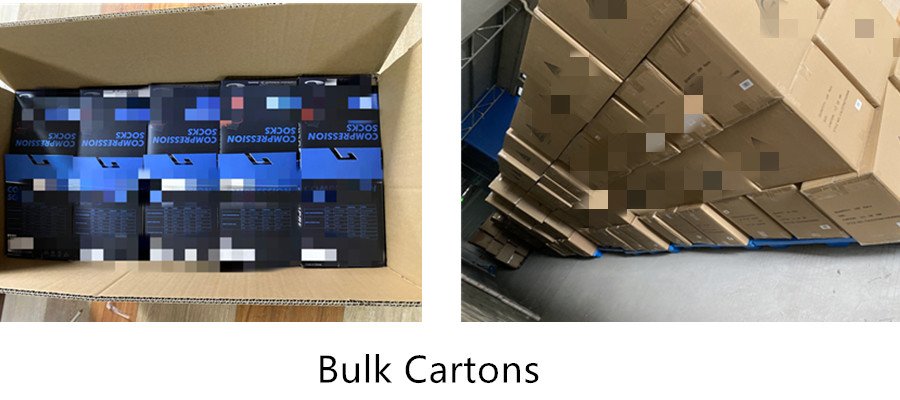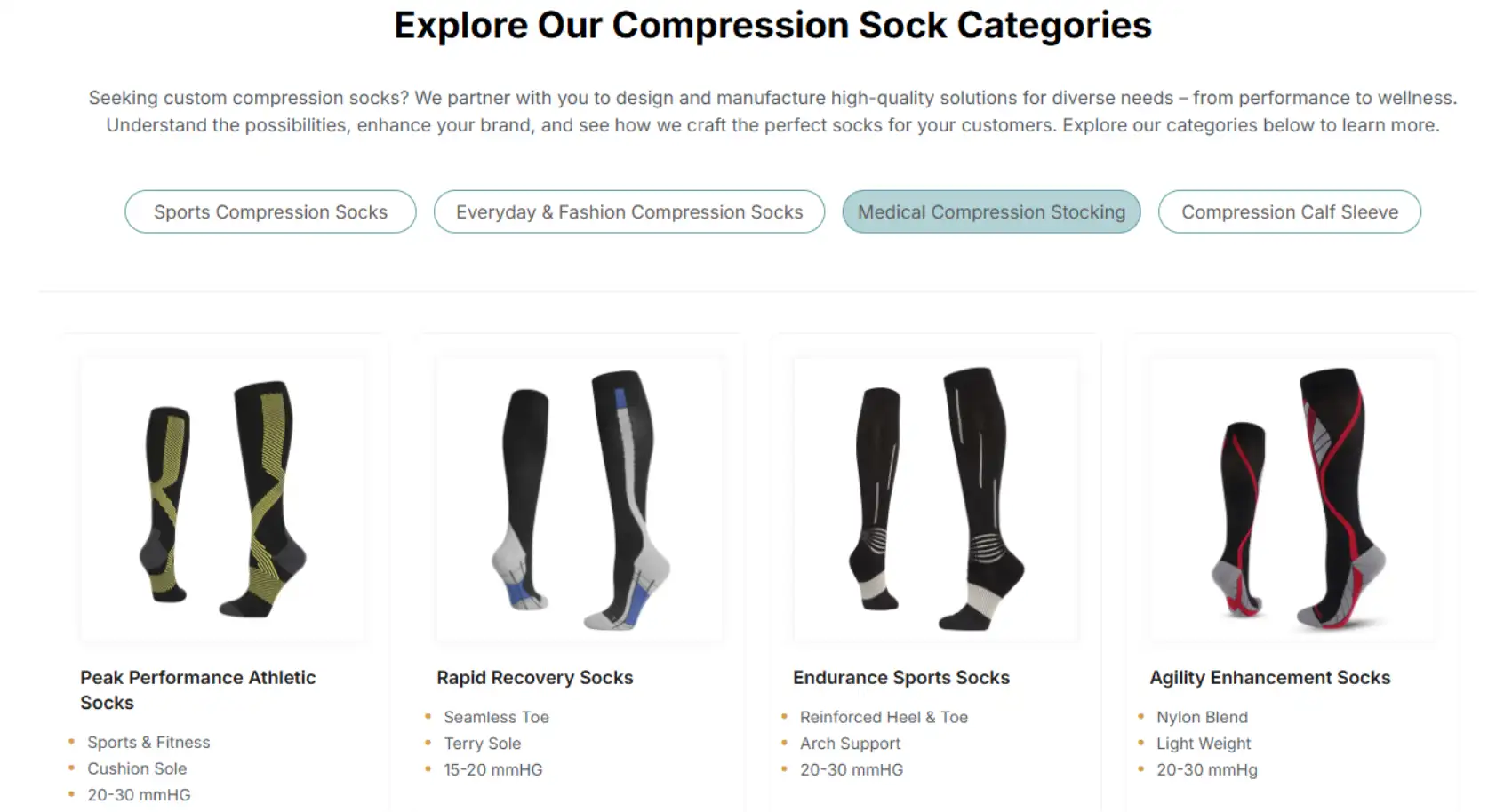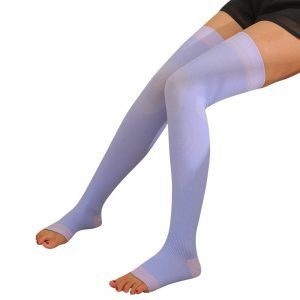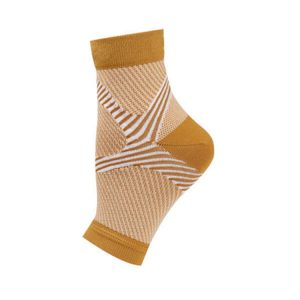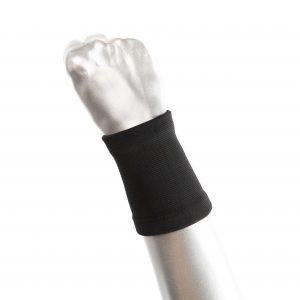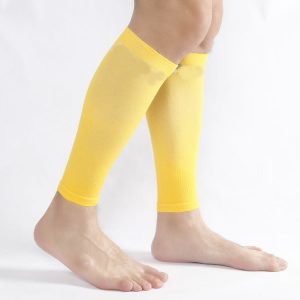Material Options for Custom Running Compression Socks:
Max Hosiery provides a full range of customizable materials for your running compression socks, engineered for comfort, durability, and precision compression control.
Our performance blends combine nylon and spandex for high elasticity and shape retention, ensuring consistent graduated pressure during intense runs. For enhanced breathability and moisture management, we offer Coolmax®, polyester, and bamboo fiber options. Meanwhile, merino wool and micro-modal deliver natural softness and odor resistance for long-distance comfort.
Each yarn is carefully selected to balance compression accuracy, moisture wicking, and durability — giving your brand’s socks the edge in both performance and quality.
Customize your blend with Max Hosiery to achieve the ideal balance of stretch, support, and ventilation for every running condition.

Customizable Color Options
Bring your performance line to life with fully customizable color options from Max Hosiery. Choose from a full Pantone® spectrum to create high-visibility neon shades for outdoor runs, team-matching hues for sports clubs, or sleek neutral tones for professional collections.
Our advanced dyeing technology ensures lasting colorfastness — even after miles of use and repeated washing. Every shade maintains its vibrancy while preserving the sock’s compression accuracy and material integrity.
Whether you’re designing reflective running compression socks for safety or branded gradient styles for retail appeal, Max Hosiery helps you match your brand identity with precision and consistency.

Graduated Compression Levels (mmHg Options)
Max Hosiery offers precise compression level customization to match every performance and recovery demand.
Each pair of running compression socks is produced with an accurate graduated pressure profile — firmest at the ankle, easing toward the calf — to support circulation, minimize muscle fatigue, and promote faster recovery after long runs.
Our compression performance and durability are validated through certified in-house and third-party testing.
We hold ISO 9001:2015, ISO 13485:2016, FDA, CE, and OEKO-TEX Standard 100 certifications, with detailed test reports covering compression consistency, fiber composition, bursting strength, colorfastness, and AZO safety.
These credentials guarantee that every production batch meets international quality standards for both performance and skin safety.

Key Features of Running Compression Socks – Engineered for Runners
Graduated Compression for Active Performance
Purpose-built for motion, not rest. Each sock applies calibrated pressure of 15–40 mmHg from the ankle to the calf to enhance blood return, stabilize muscles, and delay fatigue over long distances.
Muscle Vibration Control & Calf Stabilization
Compression panels wrap the Achilles and gastrocnemius zones, reducing oscillation and post-run soreness. Ideal for marathon, trail, and endurance training.
Moisture-Wicking Breathable Fabric
Knitted with nylon + spandex performance blends and optional Coolmax® or bamboo fibers, ensuring sweat is rapidly drawn away for dry, blister-free comfort.
Anatomical Fit with 3D Knitting Technology
A left/right ergonomic structure, Y-heel, and seamless toe deliver a second-skin fit that maintains consistent compression through every stride.
Lightweight Cushioning for Long-Distance Impact
Targeted underfoot zones absorb repetitive shock without bulk — balancing support and breathability mile after mile.
Certified Manufacturing & OEM Quality Control
Produced under ISO 9001:2015, ISO 13485:2016, FDA, CE, and OEKO-TEX 100 certifications, with lab testing for compression accuracy, elastic recovery, colorfastness, and durability. Perfect for OEM and private-label performance lines.
Close-Up of Materials, Features & Performance:



FAQs
What do running compression socks do?
Running compression socks apply graduated pressure from ankle to calf to improve blood circulation, reduce muscle vibration, and help flush out lactic acid during and after runs. They’re engineered for active motion — supporting endurance, faster recovery, and reduced fatigue.
Which compression level (mmHg) should I choose for running?
For most runners, 20–30 mmHg offers the ideal balance of support and comfort during training or marathons. 15–20 mmHg is suitable for light recovery or travel, while 30–40 mmHg is reserved for medical or post-injury use under professional guidance.
We Provide Customized Packaging Services:
Package for reference



